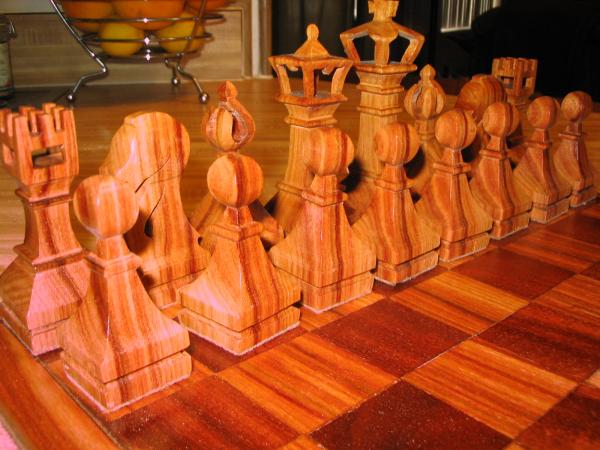Sufferin’ Succotash! Growing up, I didn’t know much about canaries, but I did know who the most famous of all was – Tweety Bird.No, he wasn’t as cool as Bugs Bunny… not as off the wall as Daffy Duck… and not as abused as Wile E. Coyote.
I mean, he was kind of a boring character. He just hung out in his cage, pampered by that nice little old lady. But, he had a bit of a mean streak in him. I loved how he made his arch nemesis – Sylvester the Cat – look like a total goof. While Sylvester often hatched these crazy, overly complicated plans, Tweety was able to easily parry his efforts, leaving Sylvester flat on his face or being chased by that big bulldog that lived out in the doghouse in the yard.
That’s why I find today’s species spotlight so intriguing. Canarywood sounds like it would be this bright yellow, plain looking, mild-mannered wood. But, you would be wrong.
Canarywood grows in South America, primarily in the tropical dry forests of Bolivia and Brazil. The trees grow very tall – nearly 100 feet tall – and very thin – maybe 5 feet in diameter. The wood from the tree is mostly yellow, as you might expect. However, it can also be found closer to an orange hue, with frequent streaks of light to dark red color.
The wood is very strong and has a fine grain texture, and is about as hard as hickory. It is not prone to splintering, and it works easily with both hand and power tools. It planes, scrapes and sands very well, and finishes smoothly with no issues for finish adhesion.
While it is a very showy wood, it is also sturdy enough for structural components such as table and chair legs. It can also hold crisp detail on carvings and other formed profiles, so, it’s equally at home on smaller, more decorative projects.
Canarywood is not yet a threatened species, however, overharvesting can be a danger in the wild with this showy wood. “That’s why we work very closely with our suppliers in South America to ensure we’re getting sustainably grown lumber for our customers,” said Eric Poirier of Bell Forest Products. “A species of wood this beautiful has to be preserved for future generations of woodworkers. Be sure to ask your supplier if they are getting their supply from properly managed plantations. It’s the right thing to do.”
I tawt I taw a pretty wood!





I made a console table out of Canary wood years ago. It started looking just like the board in your picture but now it is more rusty brown. I don’t know how to attach a picture or I would of. It is a very pretty wood, mine had red lines next to yellow fields, but now it sort of loss the contrast.
Forgot picture is on my website
http://www.tomwoodworker.com/index_files/Page1449.htm
Very pretty stuff !